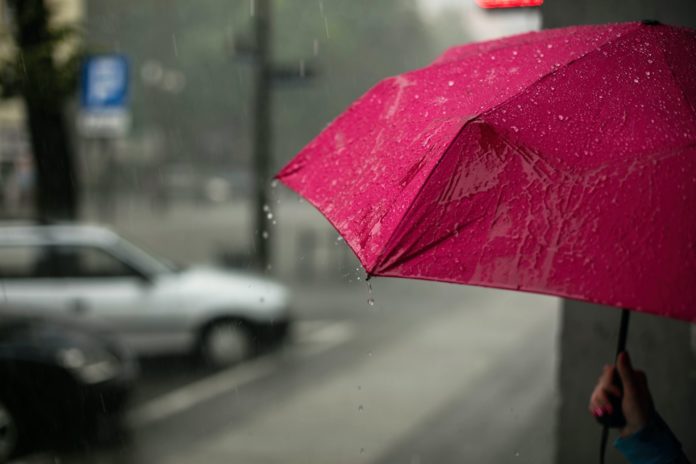If you’ve been feeling like there’s more rain than ever recently, you’re not imagining it. A new study from Environment and Climate Change Canada (ECCC) has found that extreme precipitation events across North America are increasing — and we may be to blame.
The study was led by Megan C. Kirchmeier-Young, a research scientist in ECCC’s Climate Change Division, and published in PNAS.
When it rains, it pours
Numerous floods and rainfall-related extreme events have occurred across North America over the past several years, in many cases leading to billions of dollars worth of damages and unimaginable hardships for affected environments and communities.
The annual maximum precipitation level across North America has also been increasing, in a phenomenon referred to in Kirchmeier-Young’s study as “extreme precipitation”.
While there’s no doubt that the amount and intensity of rainfalls across the continent has gone up in recent years, questions remain as to what’s to blame. While many might point to global warming as the culprit — climate change is linked to extreme weather, after all — previous studies haven’t focused on North America’s increased rainfalls in particular, meaning that little evidence existed previously to tie our current climate crisis with extreme precipitation.
To investigate a potential link between increased the human activity and increased extreme precipitation events, Kirchmeier-Young and her colleague Xuebin Zhang, a senior research scientist in the Climate Change Division, gathered data on the largest rainfalls occurring each year in sites across Canada and the United States. Using historical rainfall records gathered between the years 1961 and 2010, they noticed that the largest rainfall events were increasing not only in frequency, but also in severity.
They then compared these results with climate models that take the effects of global warming caused by human activity into account. The climate models were accurately able to predict the observed increases in rainfall, pointing to human influence as a cause for North America’s increasingly extreme rain-related events.
“We’re finding that in North America, we have seen an increase in the frequency and severity of heavy rainfall events,” Kirchmeier-Young told CBC. “And this is largely due to global warming.”
Physically, a warmer atmosphere will contain more water vapour than a cooler one. This is because the warmer the air is, the more energy it will have, meaning that water particles in the air are less likely to condense and fall as rain.
When the atmosphere does eventually become saturated with water, however, the resulting rainfall will be much more extreme than it would have been if the atmosphere were cooler.
“Physics tells us that a warmer atmosphere can hold more moisture,” Kirchmeier-Young explained. “That should be reflected as an increase in extreme precipitation in most locations.”
Future forecasts call for even more rain
With additional warming, extreme precipitation events are likely to continue. They’re also likely to become much more extreme than they are today.
“[A]s we continue to see warming, we will continue to see increases in the frequency and severity of extreme rainfall,” Kirchmeier-Young said.
“Heavy rainfall is one of the major factors in flash flooding, particularly in urban areas.”
While the costs of confronting climate change may be high, the costs that would come from ignoring it — including billions of dollars of rainfall-related damages — would be even higher.
Thankfully, Canada is committed to taking action to address the climate crisis, and there is some evidence that it’s starting to work. With swift and targeted action, the hope is that we’ll be able to take a rain check on further increases in extreme precipitation events.










































